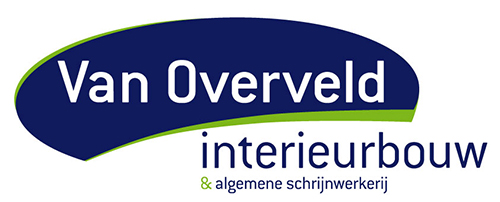
Asset disposal is the removal of a long-term asset from the company’s accounting records. It is an important concept because capital assets are essential to successful business operations. Moreover, proper accounting of the disposal of an asset is critical to maintaining updated and clean accounting records. Now let’s assume we keep the fixed asset until the end of its useful life, at which time it’s fully depreciated.
- If the journal entries are incorrect, it may affect the accuracy of the balance sheet and income statement.
- Recording the journal entry for the disposal of fixed assets in your books is a necessary process that can be done quickly and easily with the help of accounting software.
- If there is a difference between disposal proceeds and carrying value, a disposal gain or loss occurs.
- The journal entry to dispose of fixed assets affects several balance sheet accounts and one income statement account for the gain or loss from disposal.
- We are receiving more than the truck’s value is on our Balance Sheet.
- When a fixed asset is no longer used it must be removed from the balance sheet.
Click the plus sign (+) above the left menu bar and select create journal entry. QuickBooks Online doesn’t have dedicated features for fixed asset disposals so you need to do this manually. Gain or loss on disposal of the fixed asset can be determined by comparing the cash proceeds that we receive from selling the fixed asset to the net book value of such fixed asset.
How to Account for a Fixed Asset Disposal
If cash proceeds are more than the net book value of the fixed asset, there will be a gain on the disposal of the fixed asset. This article provides guidance on what disposal of the fixed assets journal entry is and how to calculate and record it in your books. Keeping accurate records in a fixed asset disposal journal is essential to asset management and can help your business maintain its budget.
The loss on disposal of fixed asset account in this journal entry is usually reported under the other expenses section of the income statement. Disposal of the fixed assets journal entry is an accounting transaction recorded in a company’s books to recognize the sale or disposal of fixed assets. When an asset is sold or how to record disposal of asset scrapped, a journal entry is made to remove the asset and its related accumulated depreciation from the book. The asset is credited, accumulated depreciation is debited, cash in debited, and the gain or loss is recorded as either revenue (gain) or expense (loss) using an account called Gain or Loss on Sale of an Asset.
Loss on Disposal of Fixed Assets
These types of assets can’t easily be converted into cash, but they add value to the business and can contribute to its long-term growth. The first step in recording a loan from a company officer or owner is to set up a liability account for the loan. The company depreciated the asset on a straight-line basis i.e. $360,000 per year ((2,000,000 − 200,000) ÷ 5) resulting in the carrying amount as at 31 December 2010 of $0.2 million. Additionally, it’s important to periodically review your entries and reconcile them with internal ledgers and bank statements as needed. We will demonstrate the loss on the disposal of an asset in Good Deal’s next transaction.

Double Entry Bookkeeping is here to provide you with free online information to help you learn and understand bookkeeping and introductory accounting. Chartered accountant Michael Brown is the founder and CEO of Double Entry Bookkeeping. He has worked as an accountant and consultant for more than 25 years and has built financial models for all types of industries. He has been the CFO or controller of both small and medium sized companies and has run small businesses of his own.
Example of gain on fixed asset disposal
The truck is in the accounting records at its original cost of $20,000. Combining the $20,000 and the $18,000 results in a book value (or carrying value) of $2,000. To deal with the asset disposal we first need to calculate its net book value (NBV) in the accounting records. Accordingly the net book value formula calculates the NBV of the fixed assets as follows.

ABC Company has a machine that originally cost $80,000 and against which $65,000 of accumulated depreciation has been recorded, resulting in a carrying value of $15,000. The net effect of this entry is to eliminate the machine from the accounting records, while recording a gain and the receipt of cash. This journal entry will remove the $20,000 cost of the equipment as well as its accumulated depreciation of $16,000 from the balance sheet. And at the same time, it will recognize the $500 gain on disposal of fixed asset as the other revenues on the income statement during the accounting period.
Journal Entry for Disposal of Fixed Assets with Zero Net Book Value
In this case, we will just need to remove the cost of the disposed fixed asset together with its accumulated depreciation amount from the balance sheet. The journal entry for the disposal of fixed assets varies depending on the ways of disposal. The sales of fixed assets occur when the company needs to restructure or downsize its operations. These are the disposal of fixed assets at net book value, disposal with gain, and finally disposal with loss. There are two scenarios under which you may dispose of a fixed asset.
- Once you calculate depreciation to a period (month, quarter, or year), and you set a Period Close to that period, it will work like a bar keeping you out of that period.
- Motors Inc. owns a machinery asset on its balance sheet worth $3,000.
- When an asset reaches the end of its useful life and is fully depreciated, asset disposal occurs by means of a single entry in the general journal.
- If the widget maker is then later disposed but recorded with a disposal date prior to the end of the year, any subsequent expense reports will reflect zero depreciation expense on the asset.
